Will Uber self-driving taxis kill off private car ownership?
Driving service provider Uber has unveiled an ambitious plan to take cars off Aussie roads rather than put them on. Here’s why.
Rego, insurance, service, repairs, fuel, parking tickets and speeding fines – car ownership is a relentless cash grabber.
Would you dare dream about life without your own wheels?
Having recently spent time sampling driverless Uber cabs in Austin, Texas, it’s clear the American rideshare and delivery company wants to help wean us off owning our own cars.
Naturally that’ll help Uber earn more money, but there’s evidence that killing off conventional car ownership can save Aussies dollars, reduce urban congestion and help the environment.
“If we can make mobility as a service a better solution for consumers than owning an individual car that sits in your driveway under-utilised, that’s the endgame,” explained Uber’s senior vice president of mobility, Andrew Macdonald.
MORE: Waymo’s self-driving Taxi tested
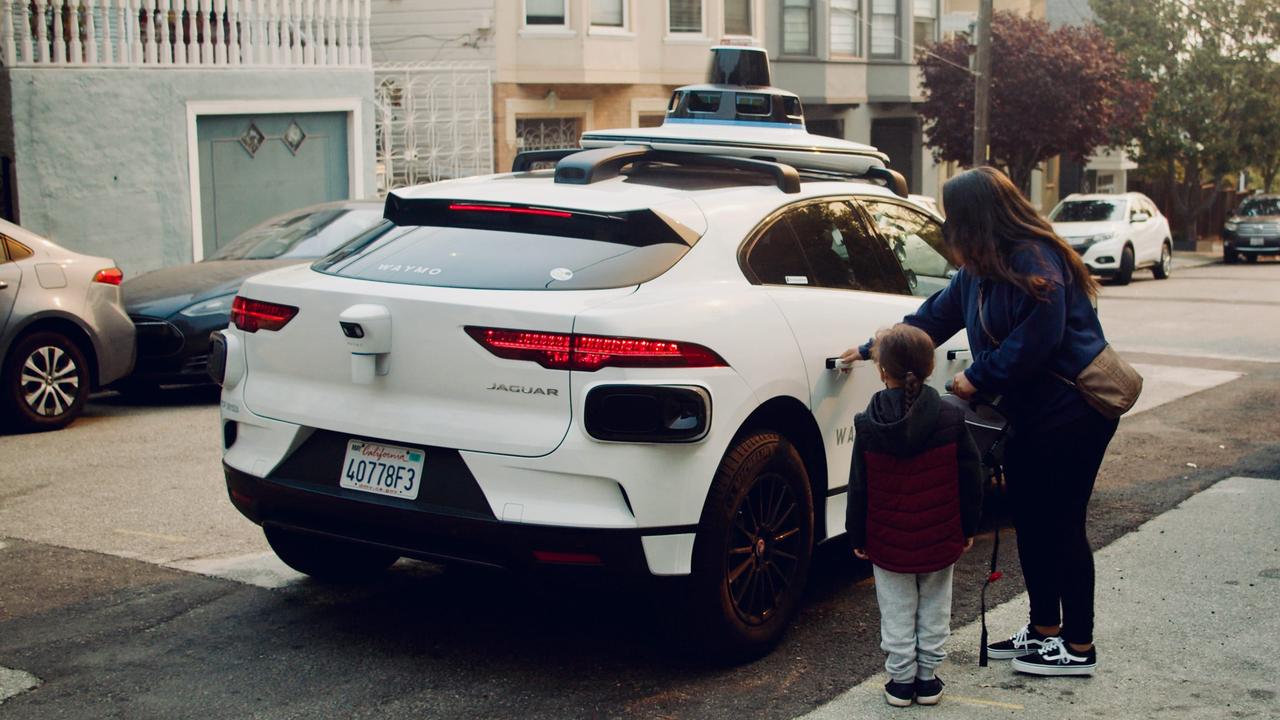
Mobility covers many bases. Not just ridesharing cars, but using the Uber app to rent Lime e-scooters and e-bikes, having autonomous robots deliver your takeaways, shopping or booze, finding a courier or renting a vehicle.
Come to Austin and you see how it’s possible.
Driverless Ubers operate in a 60-kilometre city radius, and riding in these Waymo-developed Jaguar I-Pace EVs is akin to being in your own private car – you’re the sole occupant and have final say on cabin temperature and the playlist.
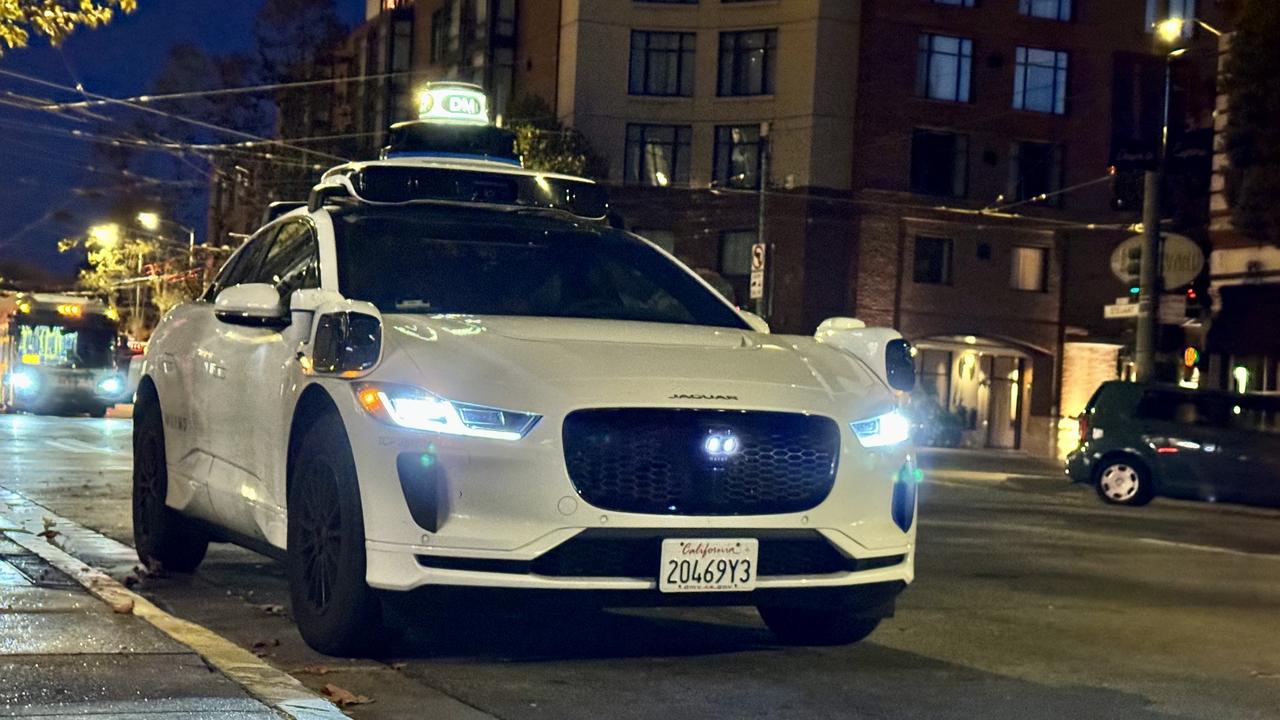
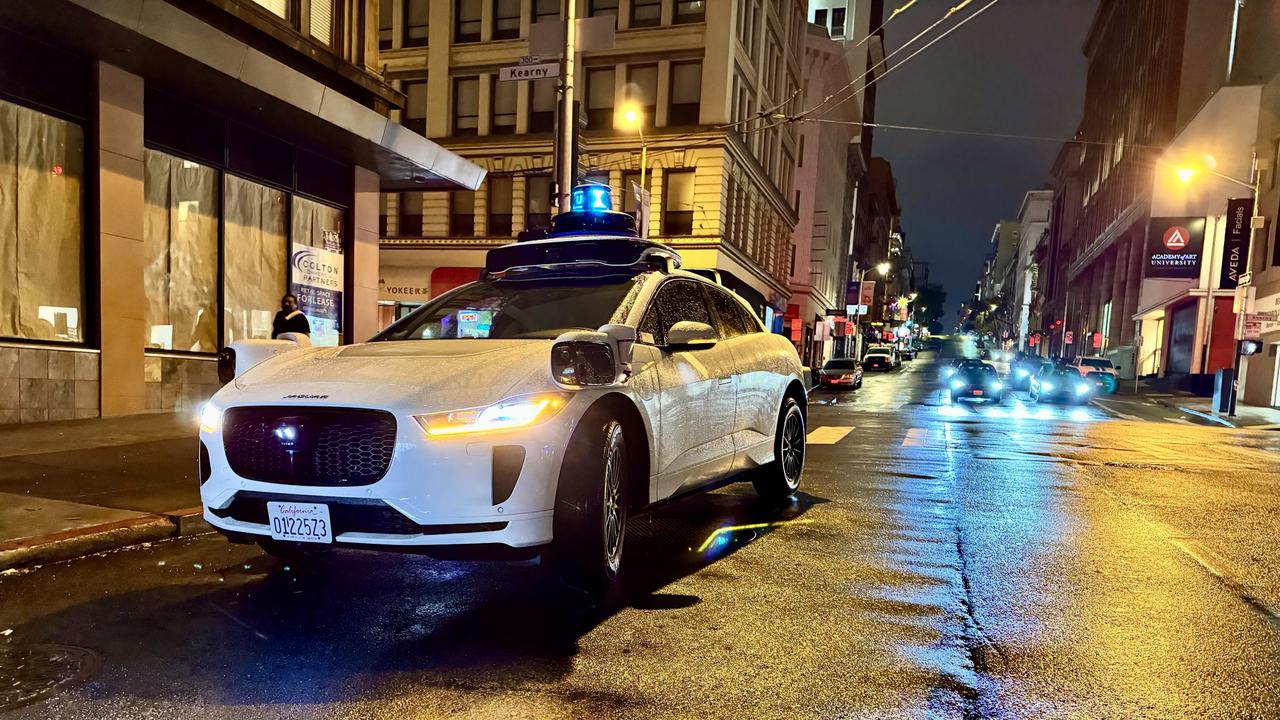
Most of us favour private car ownership rather than riding public transport because we value our own personal space, and working to our own timetables.
We also get to choose our exact destination – not a set bus or train stop – plus there’s no shouty drunks, leering creeps, gaming teens or screaming babies when you’re in your own car.
Same applies in these Uber autonomous vehicles. As good as many Uber (and taxi) human drivers are, we’ve all experienced ones who are dangerously distracted, overtired or annoyingly opinionated.
In Austin, if I fancied some sightseeing, there were Uber-rentable scooters outside my hotel’s front door. No time-consuming hassles signing up to third-party operators; all was covered by the familiar Uber app and payments.
Perhaps even more future-now than Austin’s driverless cars are its Uber Eats autonomous delivery robots.
These cute-faced four-wheeled Eskys roll up to restaurants to collect food orders, then using 360-degree ultrasonic sensors, lidar and cameras, can navigate city sidewalks, pedestrians, dogs and “read” traffic light crossings.
MORE: Uber self-driving taxi experienced
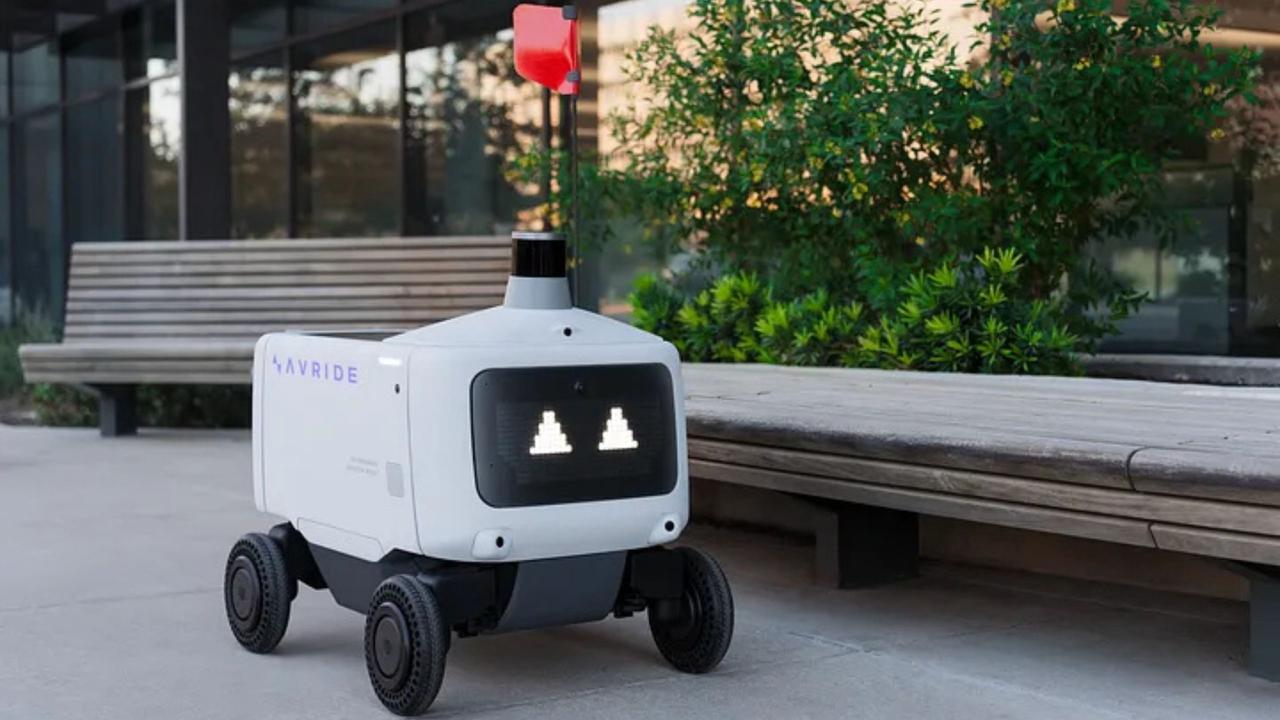
They have 50km electric range, space for six pizza boxes and five 1.5-litre drink bottles, and travel up to 8km/h. When one arrives at your door, only you can unlock it with your Uber app to collect your swag.
Saves you driving out to collect it, or a driver delivering it, reducing our carbon footprint.
It’s obviously putting people out of a job, but Uber disagrees. It reckons there’ll be growth in both autonomous robots and human deliveries going forward.
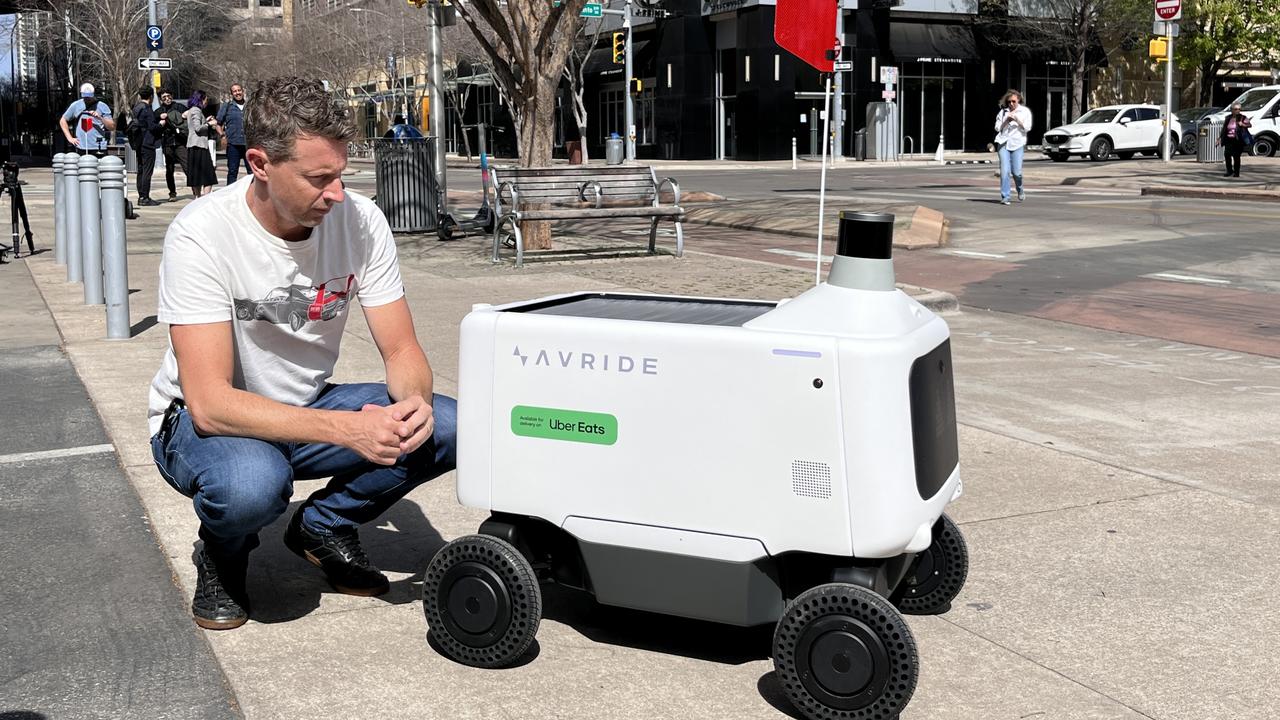
All this is changing the way people, food and more move through a city like Austin, ordered in a few seconds via smartphone.
But will these advances curb our enthusiasm for private car ownership?
Younger generations aren’t rushing out to buy cars as eagerly as their parents and grandparents did.
What’s changed is car ownership is now seen as an anxiety-bringing cost burden, rather than something that offers you freedom and the open road.
If a mechanic has just presented you with a repair bill for thousands on the same day you renewed your insurance and paid that overdue parking ticket, not owing a car seems rather wonderful.
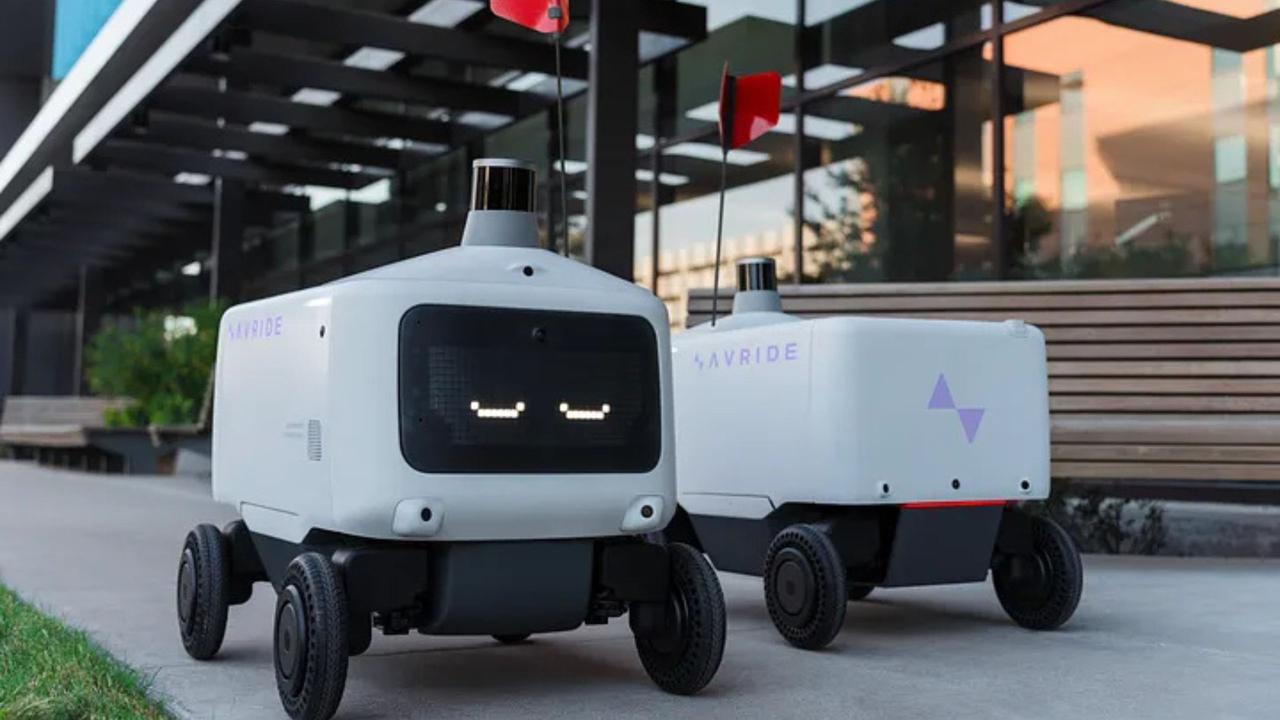
Canstar Blue research shows Australians spend an average of nearly $40,000 on a new car, or almost $10,000 annually in car loan repayments. A household’s fuel, insurance, rego and servicing typically costs around $10,000 per year too, then there’s a new car’s depreciation.
Uber’s research claims of the 15.1 million private cars in Australia, for 95 per cent of the time they sit idle, unused. Meanwhile, the Australian Bureau of Statistics says we spend $78 billion owning and operating our cars annually – through a certain lens, that’s a lot of wasted money.
But we’re a nation of stubborn old goats, and we love our cars.
Getting us to give up the habit will be tough, but if Austin’s the benchmark, technology’s rapidly moving to make non-car ownership easier and more appealing than ever.



